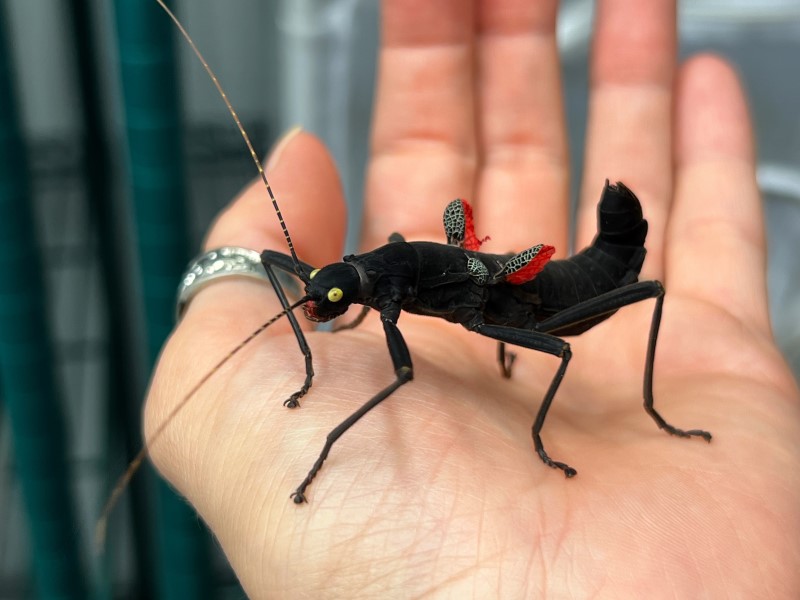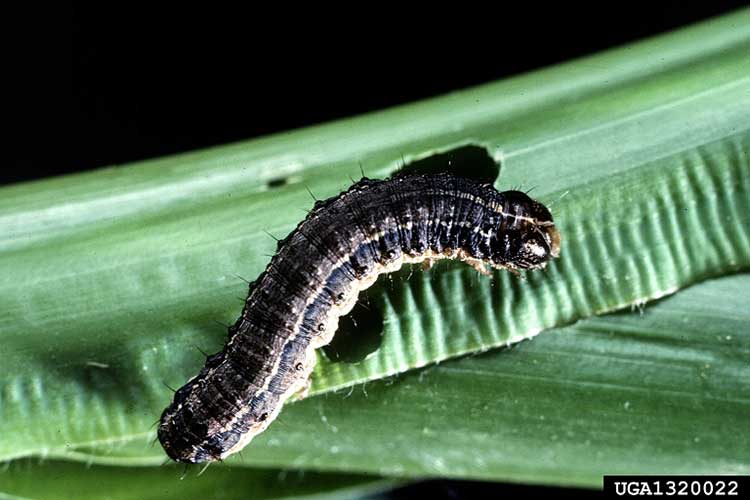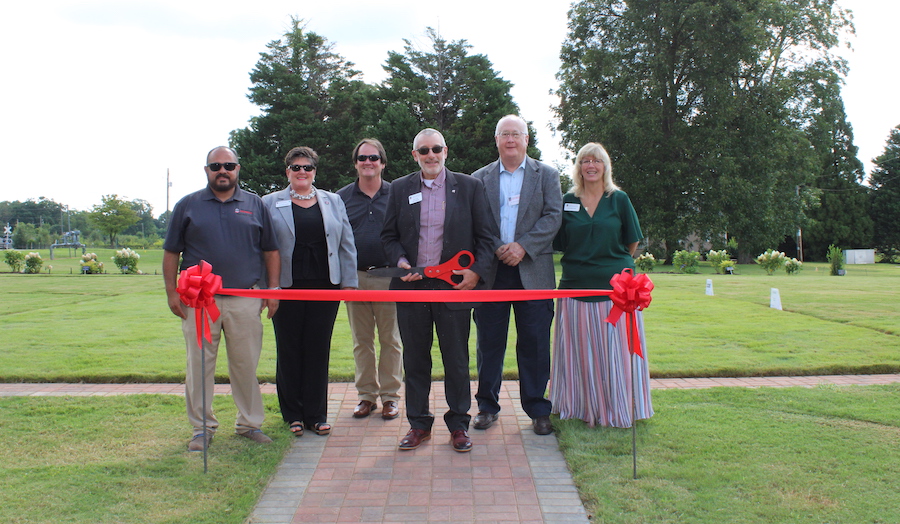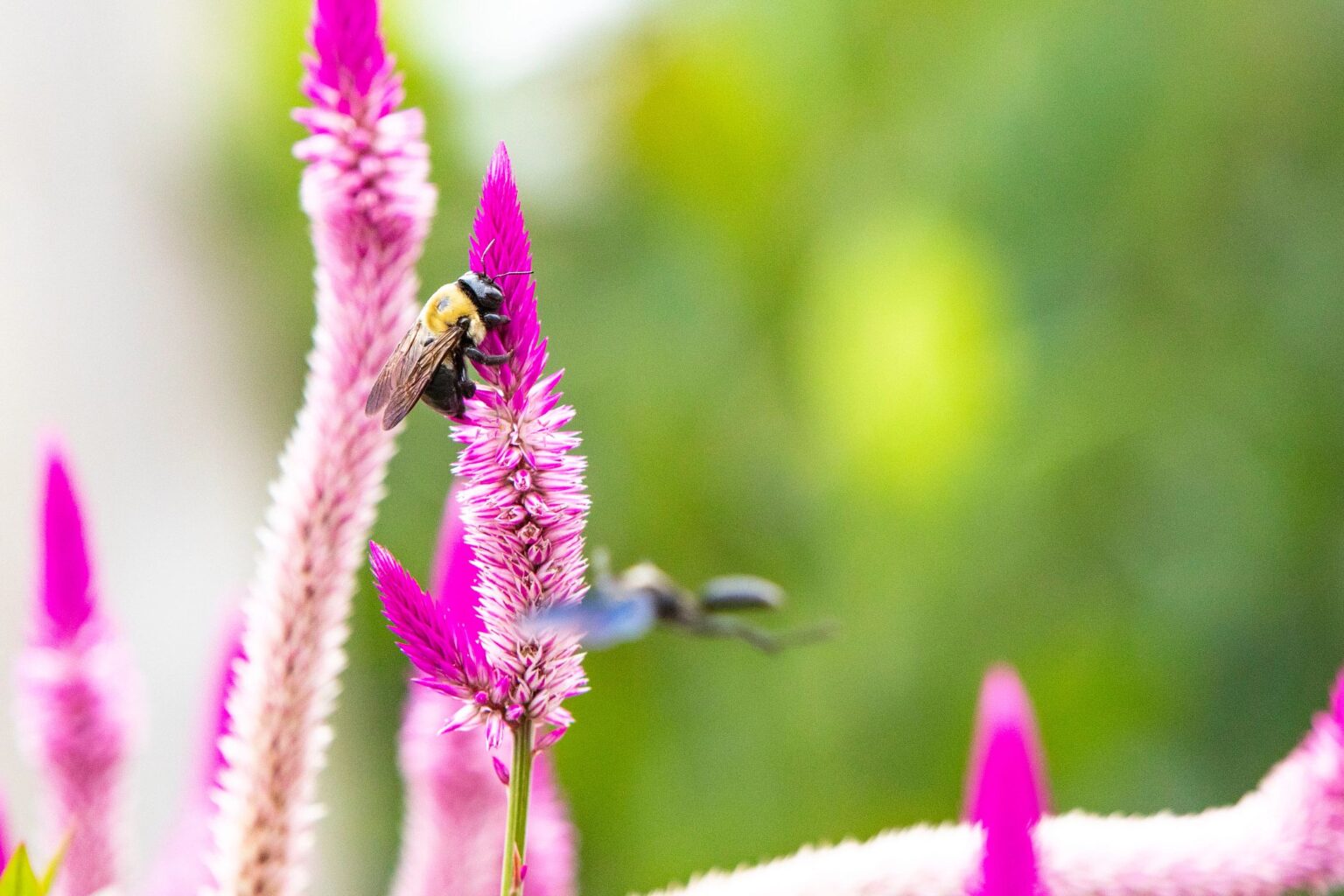 CAES News
CAES News
Urban Bee Conservation
New research from the University of Georgia revealed that mixed land use — such as developments interspersed with forest patches — improves bee diversity and is leading to new solutions for bee conservation. UGA College of Agricultural and Environmental Sciences researchers found that small amounts of development actually had a positive impact on the number of bee species present in a given area.

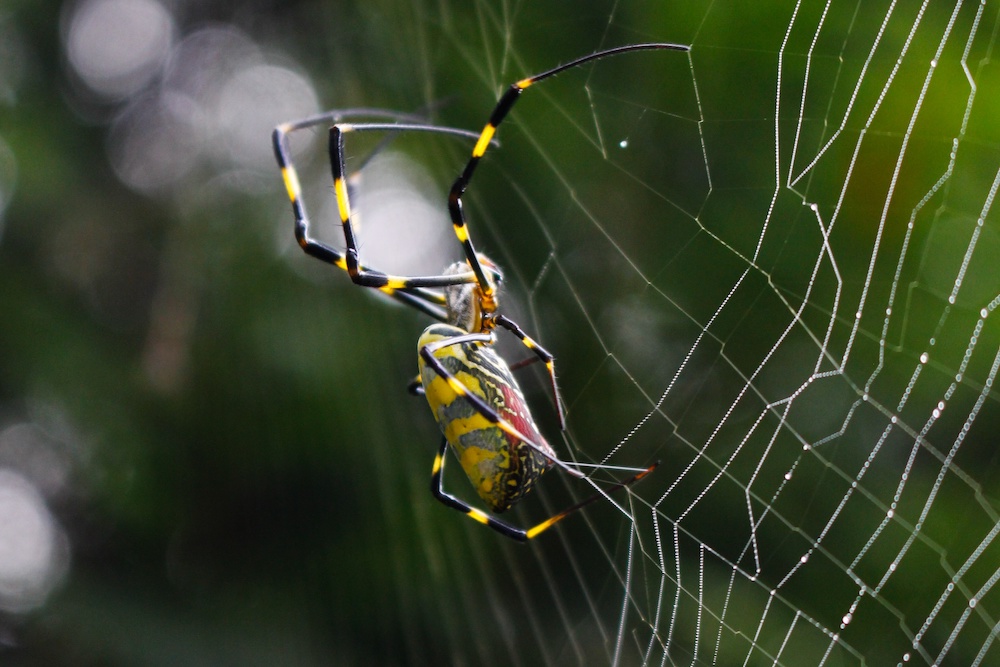
.jpg)
